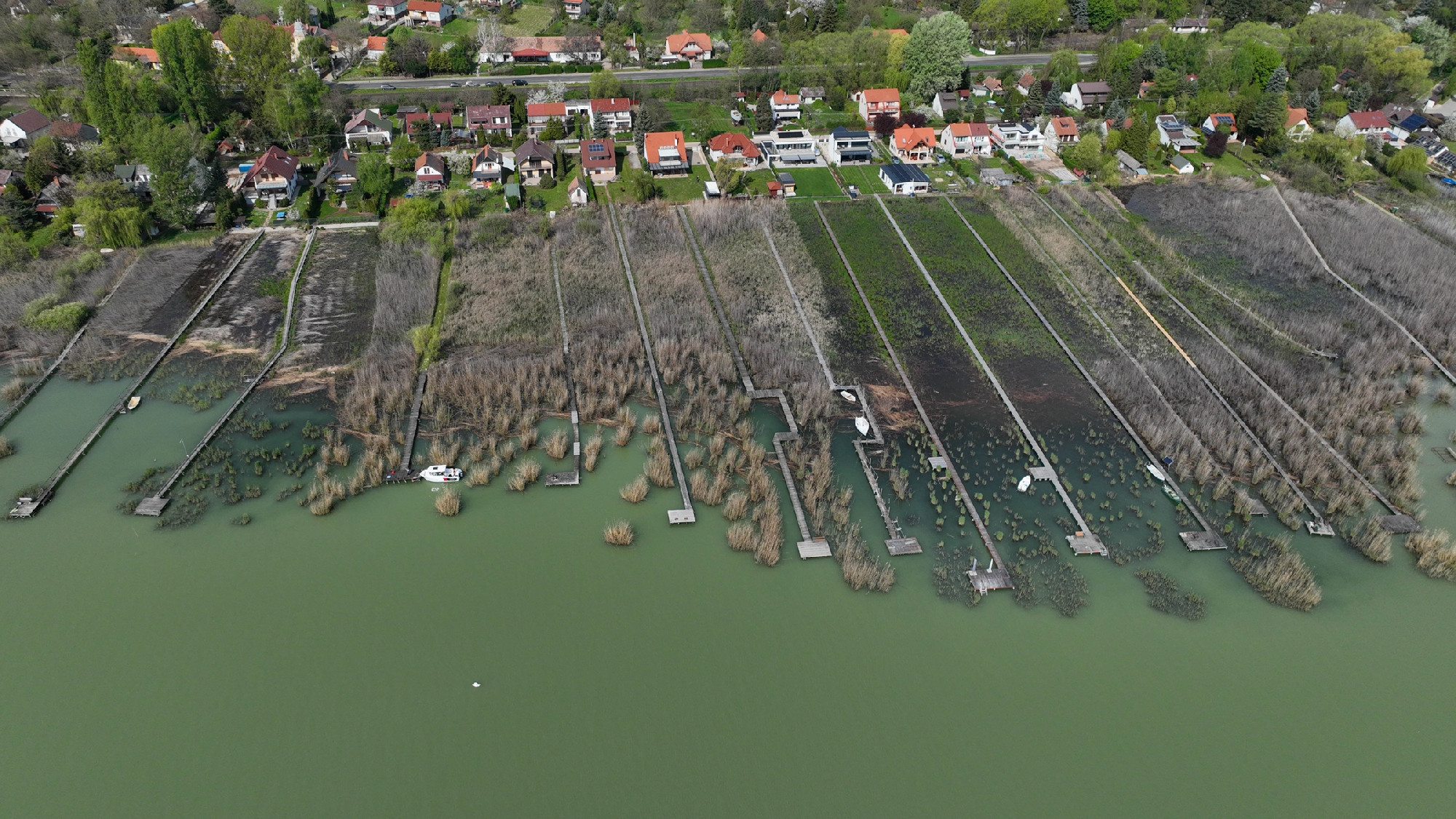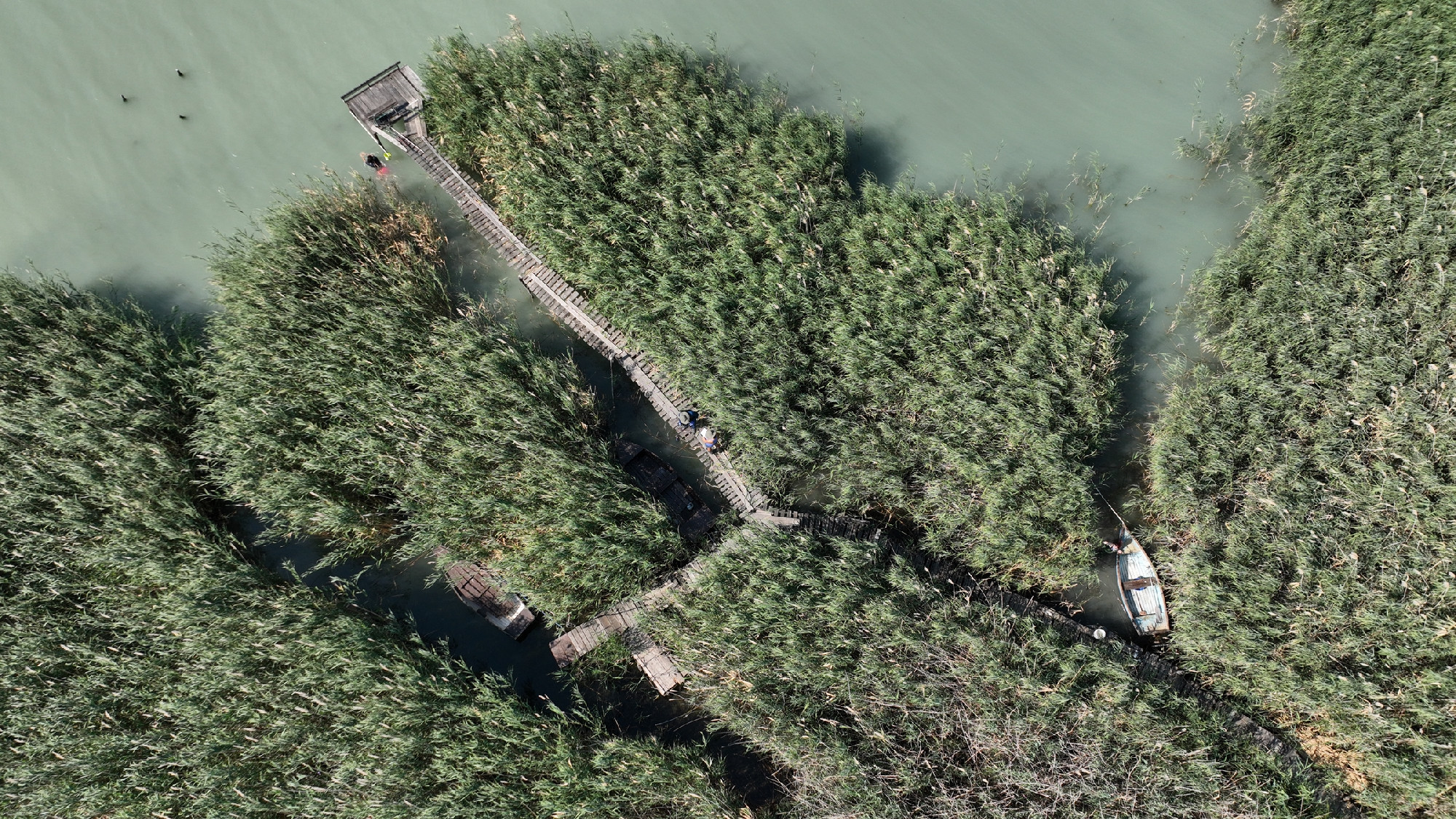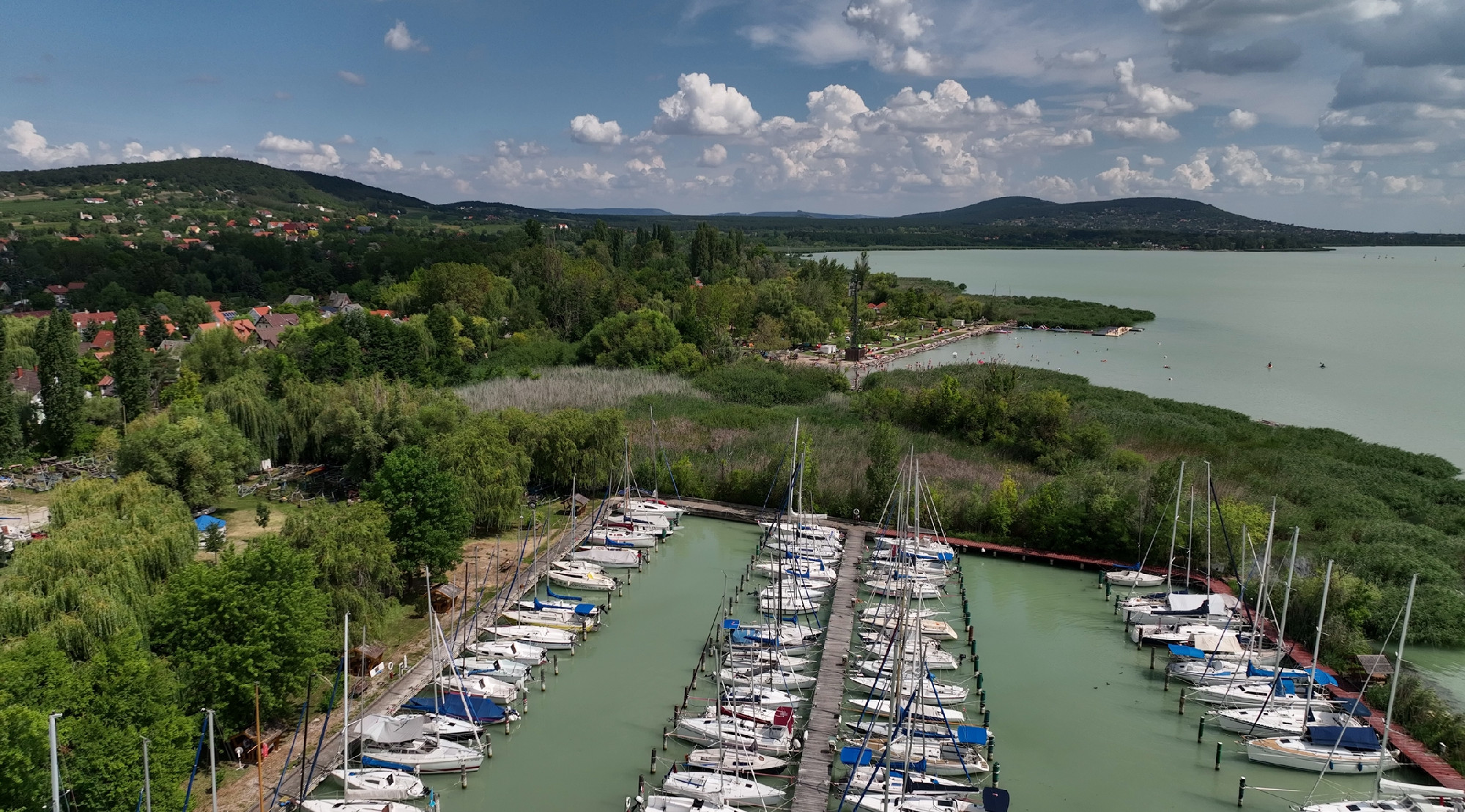Centuries-old military maps and latest satellite imagery reveal 300 years of human impact on Lake Balaton
Using data from the first military survey of the Habsburg Empire in 1782, as well as world war military surveys and aerial photographs from Google Maps, HUN-REN BLRI researchers have evaluated changes in the catchment and shoreline of Lake Balaton over three centuries. The good news is that only minor changes have occurred in the catchment area; however, construction along the shoreline continues, often unregulated.

Understanding changes in land use and land cover (LULC) is a prerequisite for the sustainable management of ecosystems, with important implications for both land management and legislation. In a recent project, researchers from the HUN-REN Balaton Limnological Research Institute (HUN-REN BLRI) and the Department of Geoinformatics, Physical and Environmental Geography at the University of Szeged evaluated changes in the catchment and shoreline of Lake Balaton over three centuries. Their findings have been published in the prestigious journal Land Use Policy.
The Hungarian researchers have developed a methodology for detailed spatial analysis of changes in land use in the catchment and shoreline zone. Their findings indicate that LULC transformations at the catchment level were relatively minor compared to those observed along the shoreline, where urbanisation driven by mass tourism emerged as one of the main drivers of LULC changes. The dynamics of urbanisation closely mirrored socio-political shifts and exhibited a strong dependence on distance from the shore.

Temporal trajectories of LULC changes revealed that the most significant alterations occurred within the 0–500 m and 500–1000 m shoreline distance zones during the socialist era when the Lake served as a focal point for tourism in Central and Eastern Europe. While the process of mass tourism-induced urbanisation has declined significantly since the collapse of the socialist regime, the sprawl of urban (built-up) areas into rural territories persists. Given the unregulated nature of urbanisation, the researchers emphasise the importance for policymakers and local stakeholders to control further transformations of semi-natural and natural areas into built-up areas along the shoreline. Achieving sustainable LULC management in lakes affected by mass tourism, such as Lake Balaton, necessitates robust legislative and administrative efforts in spatial planning and regulation, addressing the needs of residents and tourists alike.


